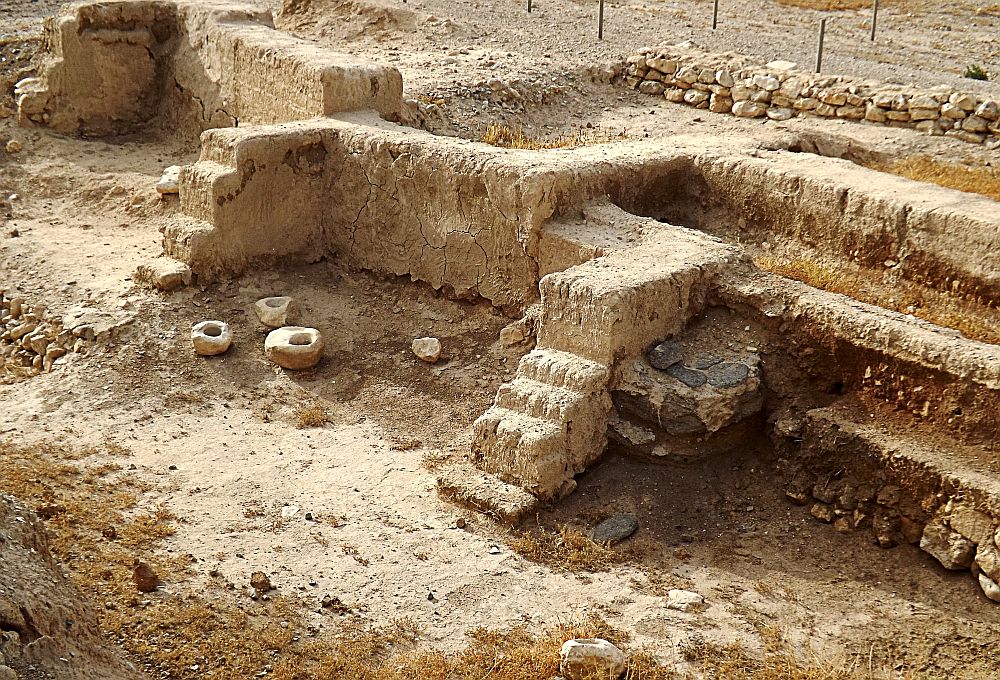
Credit: AITLLC; YouTube
As discussed in Ann’s post from yesterday, this video shows the building of the Neal Bridge in Pittsfield, Maine, and illustrates the glass-carbon fiber–concrete tube technology pioneered by the University of Maine’s Advanced Engineered Wood Composite Center.
Although this construction could be adapted to nearly any size, in this case the bridge has a foundation of 23 hollow carbon- and glass-fiber fabric arches, filled with concrete. The tubes initially arrive in small folded packs, thus the “bridge-in-a-backpack” nickname. Either on site or off site, the tubes are inflated, bent to the proper shape and stiffened with a plastic resin. Still hollow, they are light enough to be lifted by two or three workers and manually installed side-by-side. Once in place, the tubes can be quickly filled with concrete. They are then covered with composite decking, more concrete, compacted soil and, finally, a roadway surface.
Initial costs for this type of bridge construction are predicted to be similar to traditional approaches, but the new design is expected to provide significant long-term maintenance savings (no joints and no rebar to deteriorate). The construction method also reduces CO2 emissions.
CTT Categories
- Construction
- Material Innovations
Spotlight Categories
- Member Highlights
Related Posts
The urban fabric of brick—Part 3: Innovations and the future of design
November 11, 2025
The urban fabric of brick—Part 2: Ancient brick history
October 28, 2025


